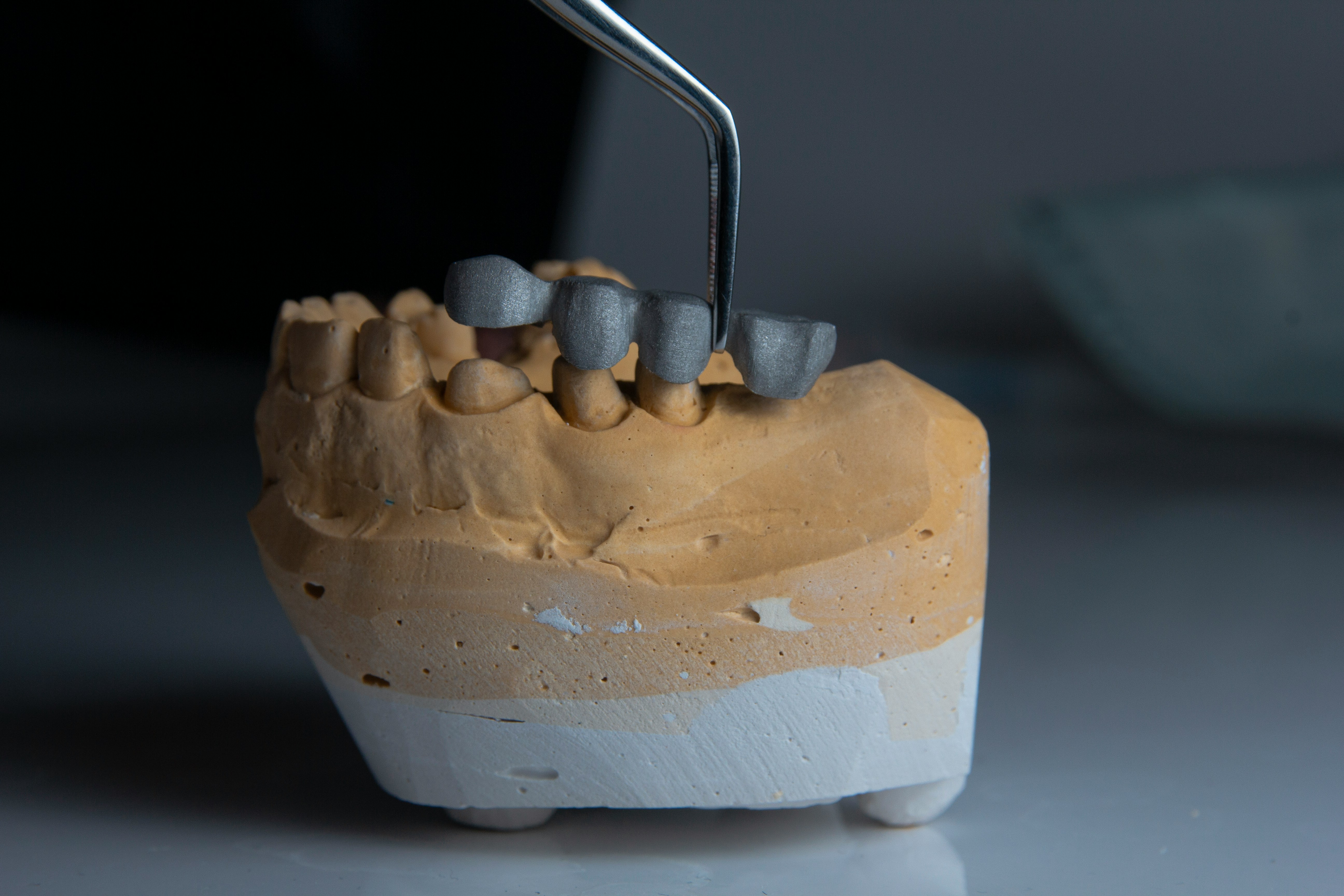Understanding Root Canal Treatment: A Comprehensive Guide
- 16 Sep 2024
- 0 Comments
- Dental Health Tips
As a dental specialist, I often come across patients who feel anxious or unsure when they hear the term “root canal.” It’s understandable—root canal treatment has developed an undeserved reputation over the years. However, it’s important to know that root canal therapy is a common and highly effective procedure designed to save a tooth that would otherwise need to be extracted.
In this blog, I will provide a comprehensive explanation of root canal treatment, why it’s necessary, and what you can expect during and after the procedure.
What is Root Canal Treatment?
Root canal treatment, also known as endodontic therapy, is a procedure that treats infection or inflammation in the pulp of a tooth. The pulp is the soft tissue inside the tooth that contains blood vessels, nerves, and connective tissues. When this pulp becomes infected due to deep decay, repeated dental procedures, or trauma, it can cause severe pain or lead to an abscess. Root canal treatment helps save the tooth by removing the infected pulp, cleaning the inside of the tooth, and sealing it to prevent further infection.
Why is a Root Canal Necessary?
A root canal becomes necessary when the pulp inside a tooth becomes infected or inflamed. The infection can result from:
1. Deep Tooth Decay: Cavities that reach the inner layers of the tooth can expose the pulp to bacteria, leading to infection.
2. Trauma or Injury: A crack, chip, or blow to the tooth can damage the pulp, even if there is no visible damage to the crown of the tooth.
3. Repeated Dental Procedures: Multiple restorations on the same tooth can cause irritation or inflammation in the pulp over time.
If left untreated, an infected tooth can cause severe pain, swelling, and even spread the infection to surrounding tissues, potentially resulting in tooth loss.
Signs You Might Need a Root Canal
Many patients don’t realize they need a root canal until they experience symptoms that point to pulp damage or infection. Some of the most common signs include:
• Severe Tooth Pain: Prolonged or spontaneous pain, especially when chewing or applying pressure.
• Sensitivity to Hot and Cold: Lingering sensitivity, especially to heat, that doesn’t go away after the stimulus is removed.
• Swollen Gums: Tender, swollen gums near the affected tooth may indicate an underlying infection.
• Discoloration of the Tooth: A tooth may become darker or more discolored as a result of internal damage.
• Pimple on the Gums: Sometimes, a pimple-like bump may form on the gums, indicating an abscess.
What Happens During a Root Canal Treatment?
While the idea of a root canal might seem intimidating, the procedure itself is typically painless and straightforward. Here’s a breakdown of what happens:
1. Examination and X-rays
Before starting, your dentist will conduct an examination and take X-rays of the tooth to assess the extent of the damage and confirm whether a root canal is necessary.
2. Local Anesthesia
You’ll be given local anesthesia to numb the area around the affected tooth. This ensures that you won’t feel any pain during the procedure.
3. Accessing the Tooth
The dentist will create a small opening in the crown of the tooth to access the infected pulp inside the root canals.
4. Cleaning the Canals
Using specialized instruments, the dentist will carefully remove the infected or inflamed pulp. The root canals are then cleaned, shaped, and disinfected to eliminate bacteria.
5. Sealing the Tooth
Once the canals are thoroughly cleaned, they are filled with a biocompatible material (usually gutta-percha) to prevent further infection. The tooth is then temporarily sealed with a filling.
6. Final Restoration
In most cases, a crown is placed on the tooth to restore its strength and function. This final restoration is crucial for protecting the tooth, especially if it has been weakened by decay or trauma.
Is the Procedure Painful?
One of the most common concerns is whether a root canal is painful. Thanks to modern dental techniques and local anesthesia, most patients experience little to no discomfort during the procedure. In fact, many patients report that a root canal feels similar to getting a regular filling. The relief from the pain caused by the infected pulp is often immediate once the procedure is complete.
Post-Treatment Care and Recovery
After the procedure, you might experience mild soreness or sensitivity in the treated area, which can be managed with over-the-counter pain relievers. Your dentist will provide you with specific post-treatment care instructions, which may include:
• Avoid Chewing on the Affected Side: While the tooth is healing, avoid putting too much pressure on it.
• Maintain Good Oral Hygiene: Continue brushing and flossing regularly, paying special attention to the treated tooth.
• Follow-Up Appointment: Be sure to attend any follow-up appointments to monitor the healing process and ensure the tooth has been properly restored.
Once fully healed, a root canal-treated tooth can last for many years, sometimes even a lifetime, with proper care.
Home Care After a Root Canal
In addition to following your dentist’s instructions, there are a few things you can do at home to ensure proper recovery:
• Use Ice Packs: If you experience swelling or discomfort, applying ice packs to the outside of your cheek can help reduce inflammation.
• Soft Diet: Stick to softer foods that don’t require excessive chewing in the days immediately following your procedure.
• Avoid Sticky Foods: Foods like gum or caramel should be avoided, as they can dislodge a temporary filling or crown.
Myths and Facts about Root Canal Treatment
Let’s clear up some common myths about root canals:
• Myth: Root canal treatment is painful.
• Fact: The procedure itself is not painful. It is designed to relieve the pain caused by an infection in the tooth.
• Myth: Root canal-treated teeth are weaker.
• Fact: While the tooth may initially be weakened, once it is properly restored with a filling or crown, it functions just like any other tooth.
• Myth: Extraction is better than a root canal.
• Fact: Saving your natural tooth is always preferable. An extracted tooth can lead to shifting teeth, bite issues, and the need for costly replacements like implants or bridges.
Natural Remedies for Post-Root Canal Care
While professional dental care is essential, you can also support your recovery with some home remedies:
• Salt Water Rinse: Gargling with warm salt water can help reduce swelling and soothe irritated tissues.
• Clove Oil: Known for its anti-inflammatory properties, clove oil can be applied to the affected area to ease discomfort.
• Turmeric Paste: This natural anti-inflammatory agent can help reduce pain when applied gently to the gums around the treated tooth.
Conclusion
Root canal treatment is one of the most effective ways to save a tooth that is infected or damaged. While the term “root canal” might sound daunting, the procedure itself is straightforward and relatively pain-free. With proper care, a root canal-treated tooth can function like any other tooth and last a lifetime.
If you’re experiencing any signs of infection, such as tooth pain or swelling, it’s important to consult your dentist as soon as possible. Remember, early intervention is key to preventing more severe dental issues.

